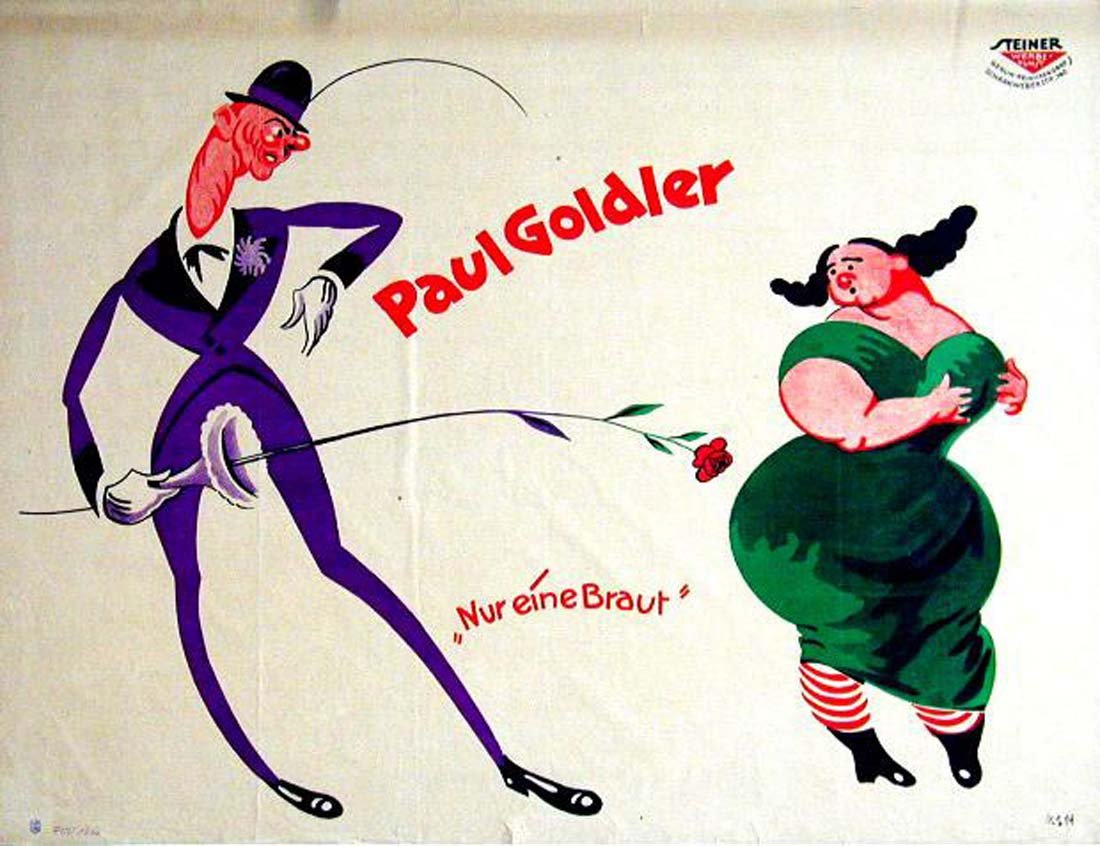

Rudolf Nelson
Born-and-bred Berliner Rudolf Nelson was one of the leading lights of the cabaret and revue scene from the early twentieth century on into the heady days of the Weimar era.

From the earliest cabarets in 1904, to the ground- breaking Roland von Berlin in Potsdamer Straße, (which launched the career of Claire Waldoff), and on to the Chat Noir in Unter den Linden, which ran from 1907 to 1914, Rudolf Nelson was at the heart of it all. Defiantly apolitical in a time when the worlds of cabaret and politics went hand-in-hand, his shows were the essence of variety and escapism.
He opened his own theatre, the Nelson Künstlerspiele, at Ku’damm 127 in 1922. Over the coming years the venue would be renamed the Nelson-Theater and then the Nelson Revue. By the late 1920s he was also writing music for the new sound films and even appeared on- screen in the 1929 short film Und Nelson spielt.

He fled Berlin in 1933 and, after working in Vienna and Zurich, settled in Amsterdam where he founded a Jewish cabaret ensemble. After the German occupation of Netherlands in 1940, Nelson and his family went into hiding and miraculously managed to survive the war, although some biographies suggest that he was interned in Westerbork transit camp.

In 1949, he returned to the newly-established West Berlin on a six-week visa to stage a new revue Berlin-W Weh! in collaboration with contemporary cabaret artist Günter Neumann. The re-opened Gloria-Palast had been re-named Theater am Kurfürstendamm for the one-month-only run, which featured Nelson’s work from his sixteen years in exile. The show was produced in just fourteen days, with topical sketches added daily by Neumann.
He was granted permission to return permanently to West Berlin in May 1951, and moved into an apartment just around the corner in Wielandstraße, where he died in 1960, aged 81. His extensive archive of work is in Berlin’s Archiv der Akademie der Künste
